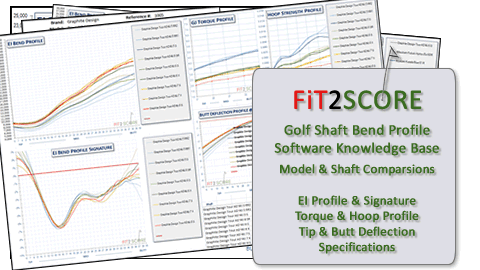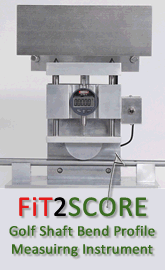Mitsubishi Diamana GT Golf Shaft Review
 By Russ Ryden, Fit2Score, A Dallas Fort Worth Club Fitter & Builder
By Russ Ryden, Fit2Score, A Dallas Fort Worth Club Fitter & Builder
The Highlands Performance Golf Center, Carrollton Texas
Golf Digest Certified America’s 100 Best Club Fitter
![]()
The Mitsubishi Diamana GT is one of the 5th generation Diamana models. Mitsubishi Chemical Group is unique among the golf shaft companies, they are vertically integrated. They make all of the critical raw materials that make up the golf shaft including the monomer, acrylic fiber, carbon fiber, resin, and prepreg. Prepreg is the sheets wrapped around mandrels that are the material of the carbon fiber golf shaft. Other golf shaft manufacturers purchase the prepreg used in their shafts. This allows the Mitsubishi Chemical Group to create unique technologies in their golf shaft designs.
Once again, Mitsubishi has reduced resin content in the 5th generation Diamana with a proprietary resin system named Xlink Tech.
To continue reading this section of the review, you must be registered at a higher level membership.
Russ







 This is the second release of a Diamana Thump Iron Shaft. The first release, in 2010, was eventually discontinued. At $160 per shaft, or $1280 per set of shafts, there was little interest. I am surprised to see the shaft again being offered. Perhaps PXG’s success at selling uber expensive irons demonstrated there is a market for ultra premium irons.
This is the second release of a Diamana Thump Iron Shaft. The first release, in 2010, was eventually discontinued. At $160 per shaft, or $1280 per set of shafts, there was little interest. I am surprised to see the shaft again being offered. Perhaps PXG’s success at selling uber expensive irons demonstrated there is a market for ultra premium irons. The OBAN / Shimada CT-100 is a lower weight version of the
The OBAN / Shimada CT-100 is a lower weight version of the